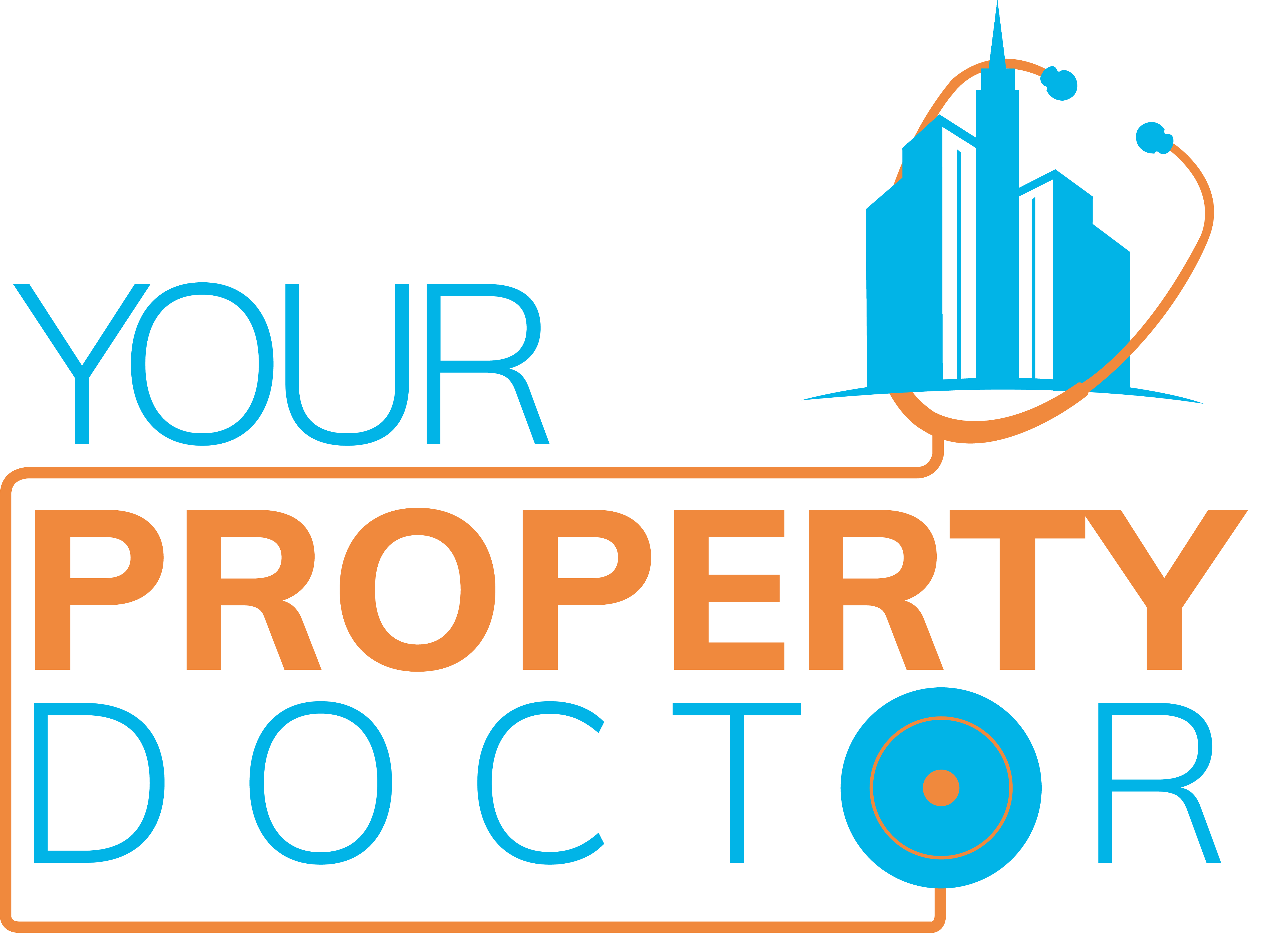

Do you have excess coverage of your building? It is a relief for you that you can get it compounded by paying some compounding fee. For this, the government has given approval to DDA. We at Your Property Doctorcan help you in the compounding of excess coverage in buildings.
• Know what is your newly constructed or altered in your property.
• Go through original blueprints if available at your house. You can also compare your house with neighboring properties.
• Know whether a permit was required for the specific construction.
• In case you are selling your house, you must tell your potential buyers about excess coverage of your house.
• Make use of state-specific disclosure statements to report unpermitted work or legal issues.
Get a demolition permit and store your building to its original state. Compound the excess coverage of your building by following the excess coverage compounding process:
• Submit your plans to the planning department
• Get necessary permits.
• Consult an engineer, contractor or architect to assess the excess construction of your building. They will check whether the construction meets guidelines for residential and non-residential excess coverage.
Remember that compounding excess coverage is essential for your property value, safety and compliance with local regulations. Transparency and due diligence are key to compounding process.
Compounding of excess coverage involves payment of fine. When it is executed, prosecution is transformed into monetary fine—imposing a certain amount of fee. The compounding will have an effect of acquittal of wrongdoer. When the offence is compounded, the person is deemed to be acquitted.
• Side Setback: Maximum 25% of the width
• Rear setback: Maximum 10% beyond permissible 40%
• Front Setback: 25% area subject to maximum 1.00 m width
Maximum 10% of permissible areas
• Maximum 10% deviation in Ground Coverage subject to compliance of fire norms
• Excess 10% FAR
• Excess 20% construction in basement
• Excess 10% of building height without increasing number of floors
• Excess 10% of permissible wall height
• In plotted deviation, maximum one extra unit
• In multistoried, number of dwelling units in proportion to compounded FAR/purchasable FAR
• Construction permissible according to excess construction compounding as per zoning regulations of master plan
• If basement is not used for parking, it will be considered in FAR
• Lost parking space is to be provided elsewhere within the plot


